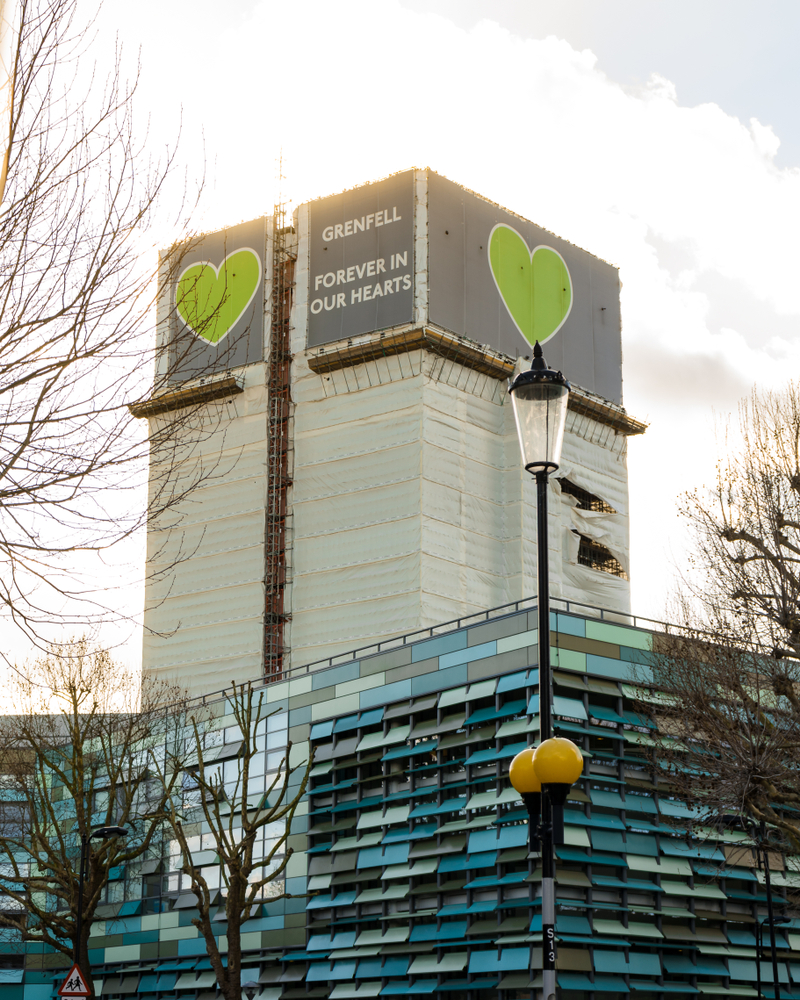Authorities knew dangers of cladding that caused Grenfell tower fire
- March 1, 2022
- 10:29 am


Iain Hoey
Share this content
Long before the Grenfell Tower fire, a senior official has admitted that the government knew the folies of the cladding used in the building.
The official, reported The Guardian, knew that plastic-filled cladding panels burned “fast and fierce”, 15 years before the incident. It was also known that these sort claddings weren’t suited to be used in tall buildings.
Anthony Burd, the principal fire safety professional and later head of technical policy in the government’s building regulations division from 2000 to 2013, denied there was a cover-up.
The tests revealed a “catastrophic” failure in the cladding panels, with flames reaching 20 metres into the air within five minutes.
Similar panels went on to be used on more than 400 high-rise blocks, including Grenfell, where they were the main cause of the spread of the fire on 14 June 2017 that killed 72 people.
Burd said the results should have been published but denied that this did not happen because the government feared it would trigger “an immediate cladding crisis” and was afraid of the response of the companies who made the materials.
The inquiry is focusing on how combustible insulation foams and aluminium composite panels (ACM) filled with a plastic core that burns like petrol came to be allowed on Grenfell and thousands of other homes. It has already heard how Arconic, which made the combustible panels on Grenfell, targeted the UK market for sales of its most combustible polyethylene-filled panels because of less stringent requirements.


